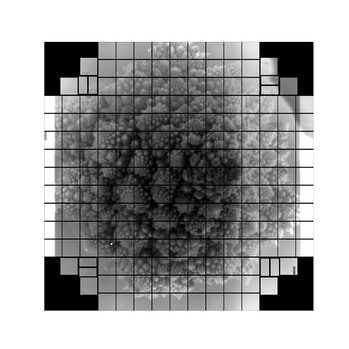
Breaking News
DRINK 1 CUP Before Bed for a Smaller Waist
 Nano-magnets may defeat bone cancer and help you heal
Nano-magnets may defeat bone cancer and help you heal
 Dan Bongino Officially Leaves FBI After One-Year Tenure, Says Time at the Bureau Was...
Dan Bongino Officially Leaves FBI After One-Year Tenure, Says Time at the Bureau Was...
 WATCH: Maduro Speaks as He's Perp Walked Through DEA Headquarters in New York
WATCH: Maduro Speaks as He's Perp Walked Through DEA Headquarters in New York
Top Tech News
 Laser weapons go mobile on US Army small vehicles
Laser weapons go mobile on US Army small vehicles
 EngineAI T800: Born to Disrupt! #EngineAI #robotics #newtechnology #newproduct
EngineAI T800: Born to Disrupt! #EngineAI #robotics #newtechnology #newproduct
 This Silicon Anode Breakthrough Could Mark A Turning Point For EV Batteries [Update]
This Silicon Anode Breakthrough Could Mark A Turning Point For EV Batteries [Update]
 Travel gadget promises to dry and iron your clothes – totally hands-free
Travel gadget promises to dry and iron your clothes – totally hands-free
 Perfect Aircrete, Kitchen Ingredients.
Perfect Aircrete, Kitchen Ingredients.
 Futuristic pixel-raising display lets you feel what's onscreen
Futuristic pixel-raising display lets you feel what's onscreen
 Cutting-Edge Facility Generates Pure Water and Hydrogen Fuel from Seawater for Mere Pennies
Cutting-Edge Facility Generates Pure Water and Hydrogen Fuel from Seawater for Mere Pennies
 This tiny dev board is packed with features for ambitious makers
This tiny dev board is packed with features for ambitious makers
 Scientists Discover Gel to Regrow Tooth Enamel
Scientists Discover Gel to Regrow Tooth Enamel
 Vitamin C and Dandelion Root Killing Cancer Cells -- as Former CDC Director Calls for COVID-19...
Vitamin C and Dandelion Root Killing Cancer Cells -- as Former CDC Director Calls for COVID-19...
Scientists capture world's first 3,200-megapixel photos

Scientists at the Menlo Park, California-based SLAC National Accelerator Laboratory have taken the world's first 3,200-megapixel digital photos, using an advanced imaging device that's built to explore the universe.
"We will measure and catalog something like 20 billion galaxies." said Steven Kahn, director of the Vera C. Rubin Observatory in Chile. That observatory is where the world's largest digital camera will become the centerpiece of a monumental effort to map the night sky. The camera will spend 10 years capturing the most detailed images of the universe ever taken.
"Most parts of the night sky have actually never been imaged at all by telescopes." Kahn said. "No part of the sky has really been imaged with this kind of time, sequencing and time cadence, where you can watch how things change."
The team working on the camera just completed the focal plane, which is an array of imaging sensors more than two feet wide. (The equivalent focal length on an iPhone 11 camera is 26 millimeters.) It took the team about six months to assemble the sensors, largely because the sensors can easily crack if they touch each other during the installation process.
Since the camera isn't complete, scientists used a pinhole projector to test the focal plane. They snapped photos of an image of Vera C. Rubin (the late scientist the observatory is named for), the camera team, and a head of romanesco broccoli.



